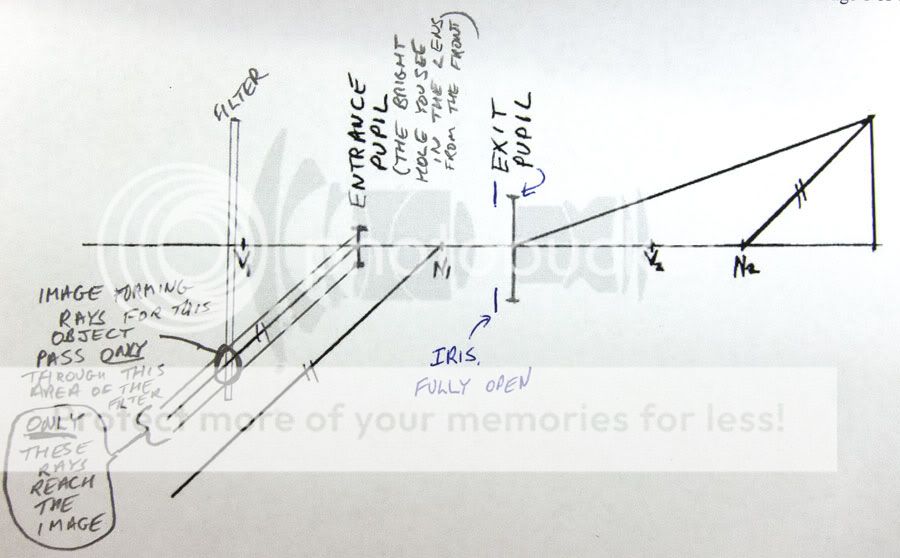Infinite_Day
TPF Noob!
- Joined
- Jul 6, 2011
- Messages
- 518
- Reaction score
- 35
- Location
- WV
- Can others edit my Photos
- Photos OK to edit
Uh, you're bringing focus into question when it really has no effect on the entire principle. You're not focusing on the filter. All it's doing is a graduated attenuation of the light over the front plane of the lens. I understand why it's interesting to look into this but you're really, really overthinking it without trying to be objective. You're sticking with your base assumptions without actually taking into consideration what people (mostly Helen) are trying to explain to you.






![[No title]](/data/xfmg/thumbnail/37/37609-a1984365804384f841d8245ae7e3b9a7.jpg?1734170735)
![[No title]](/data/xfmg/thumbnail/42/42493-2665d3a35f26795cc783aeb77329a032.jpg?1734177012)






![[No title]](/data/xfmg/thumbnail/37/37612-989c0c475619355f32a5941a187cfa74.jpg?1734170738)
![[No title]](/data/xfmg/thumbnail/37/37610-09a3b763265223288ccc8f30a63a666b.jpg?1734170736)

